How To Grow Your Own Microgreens In 7 Easy Steps
Think microgreens are only for fancy schmancy restaurants? Think again! With a handful of seeds, soil, water, and sun, start growing your own right at home. Here’s how to grow your own microgreens in 7 easy steps.
— Permacrafters gets commissions for purchases made through links in this post. We encourage you to prioritize secondhand goods whenever possible. —
Why all the fuss about microgreens? I’ve personally been sold on sprouts and microgreens ever since 2010 when I went on a raw food health kick that got rid of my fatigue, kicked my anxiety to the curb, cleared up my skin, and sharpened my mental clarity. (Read more about it here.) Microgreens boast an excellent nutritional value and are packed with enzymes that facilitate digestion. They’re easy to grow, they can be harvested even in the dead of winter, and are much cheaper than store-bought microgreens. It’s like growing your own multi-vitamin pills right at home. If you want access to fresh food year-round and practice or fine-tune your gardening skills, try to grow your own microgreens!
Materials:
- Organic microgreen seeds. (We buy ours in bulk from High Mowing Organic Seeds.)*
- Filtered water
- Jar sprouter or bowl
- Containers (shallow + food grade, like take-out boxes or 10×20 trays)
- Drip trays (if your containers have holes)
- Organic potting soil or organic seed-starting mix
- Unbleached paper towels or soy-ink newspaper
- A windowsill that receives light most of the day (or grow lamps)
* if you’re a beginner, consider starting with radishes, broccoli and pea shoots, available at High Mowing Organic Seeds.
Before starting, make sure your house is at room temperature and to wash your hands and your equipment. It’s easiest to wait for the evening before starting, because the seeds will need to soak 8-12 hours.
How to Grow Your Own Microgreens in 7 Easy Steps:
Step 1: Measure the seed quantity
- If you’re using a 3”x 6” microgreens growing container, place 1 tbsp. of large seeds (i.e. sunflowers, peas) or 2 tsp. of small seeds (radishes, broccoli) in your jar sprouter (or bowl) and screw on the lid. (If you want to guesstimate this step, you can.)
Step 2: Rinse seeds
- Pour cool filtered water through the sprouter lid (or in the bowl) onto your seeds
- Swish seeds around, rinsing them well
- Let the water drain out of your jar (or pour it out of the bowl)
Step 3: Soak seeds overnight (optional but highly recommended)
- Add more filtered water to your jar (or bowl), making sure there’s at least 2x as much water in volume
- Let seeds soak at room temperature, out of direct sunlight, for 8-12 hours
- Pour off water in the morning (after 8-12h) (Your houseplants will love that water!)
The first 3 steps are the same for sprouting. To learn how to sprout, click here.
Step 4: Seed transfer
- Rinse seeds with fresh water
- Add 1.5-2 inches of soil to your containers, leaving at least ¼ inch of space at the top
- Gently level out the soil with your fingers
- Add seeds evenly in one layer on the soil: they should be touching but not overlapping (use a spoon to help spread small seeds)
Step 5: Add a protective cover
- Fold soy-ink newspaper or unbleached paper towels to fit the shape of your container
- Let it soak in a bowl of cool water
- Remove it, squeeze it so it isn’t dripping
- Place it on top of your seeds, pressing down very gently
- Leave the cover there for 3-4 days without watering. Place your drip trays under your containers at this point, if your containers have holes.
Step 6: Sunlight
- After 3-4 days, the plants’ yellow cotyledons appear; they’re pushing the protective cover up
- Take the cover off
- Place the containers on your windowsill
Step 7: Watering
- Water your plants 1-2 times a day (make sure soil is moist not wet)
- Let your greens grow 1-2 more weeks
That’s it! Now you can harvest your microgreens once they are 2” tall or more. Harvest only what you need, right when you need it to ensure your greens stay fresh and nutritious! Enjoy them in salads, on sandwiches or in smoothies!
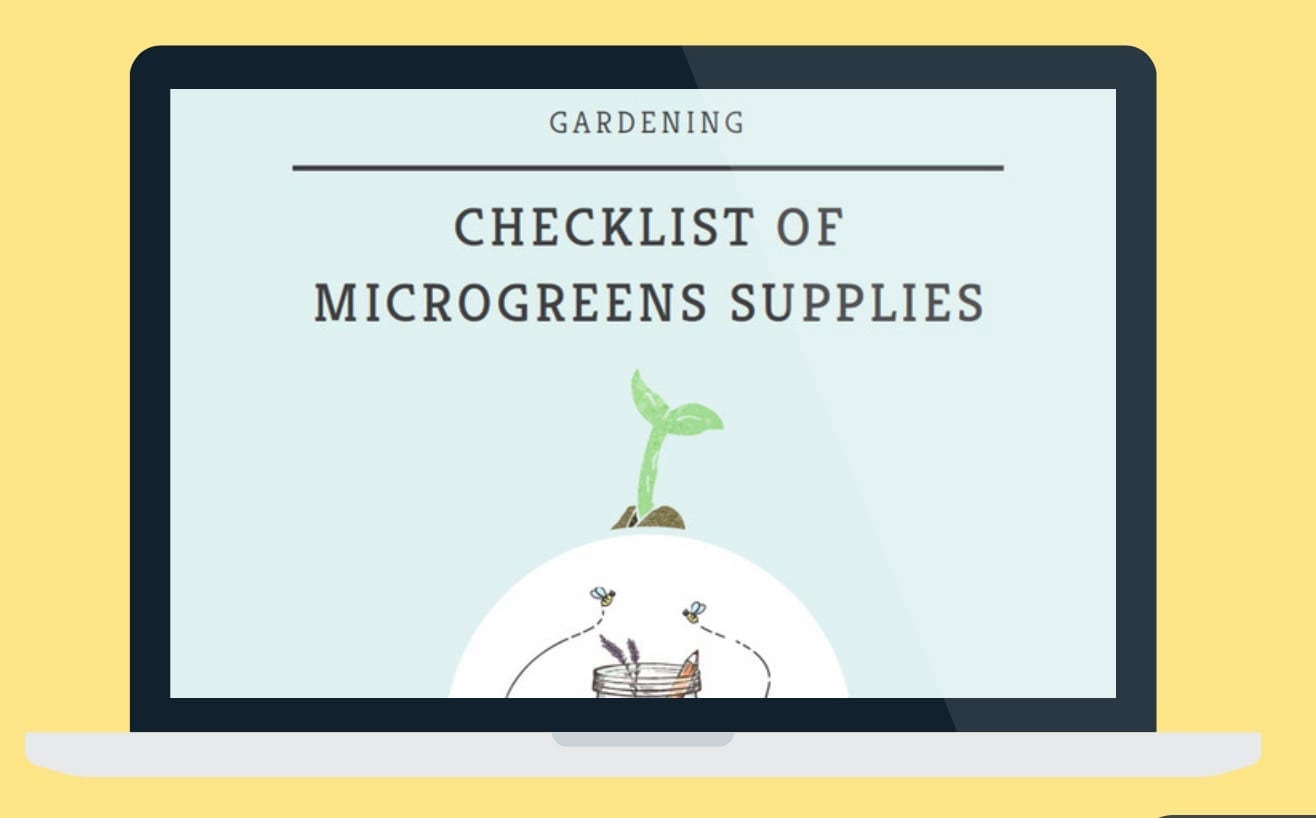
Ready to get started?
Here’s your FREE checklist of microgreens supplies to bring with you to your garden store.
Give it a grow, and let us know about your experience in the comments below! What’s your favorite way to eat them?
Want to learn more about growing food indoors? Check out our previous post of How to Grow Sprouts or learn about our ONLINE video workshop “Sprouts & Microgreens: Homegrown Living Foods”.
Sprouts & Microgreens - Free Trial
Sign up for the FREE sample of the e-course on how grow sprouts and microgreens all throughout the year.

Peace, microgreens, and macro-hugs,
Christelle & Cristina.
Related: Top 5 Reasons for Growing Sprouts at Home & How to Grow Them ; How to Grow Oyster Mushrooms Indoors, How to Grow Sprouts & Microgreens indoors
By commenting you accept our Privacy Policy.
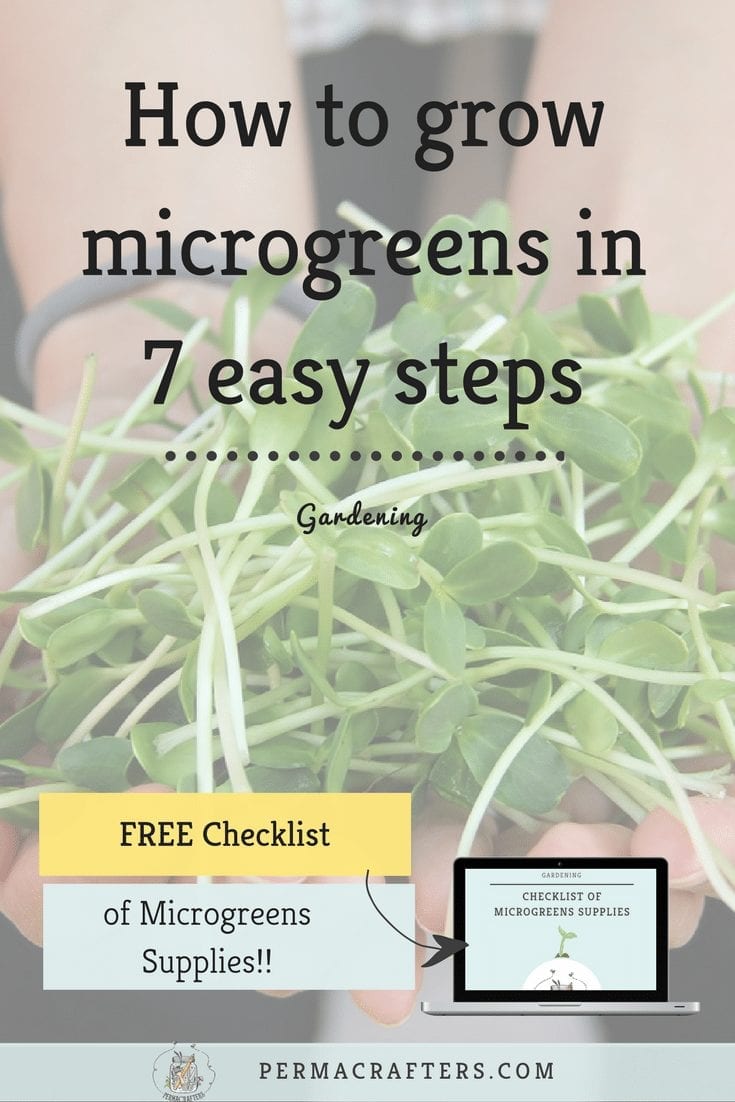
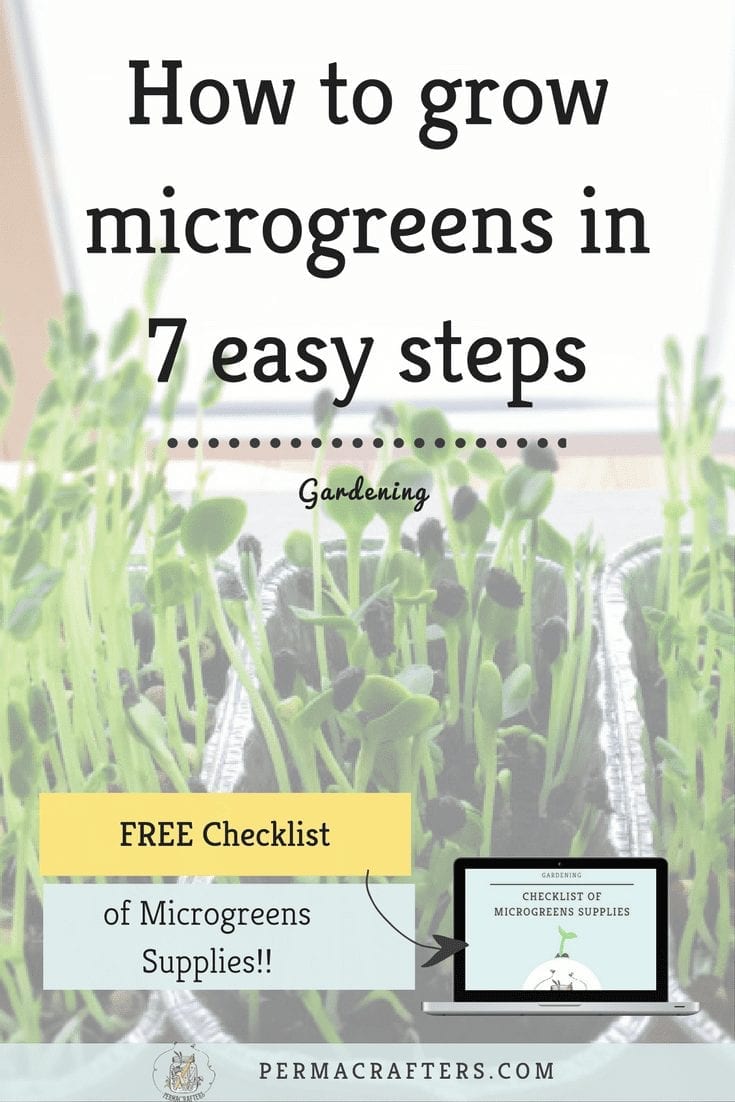
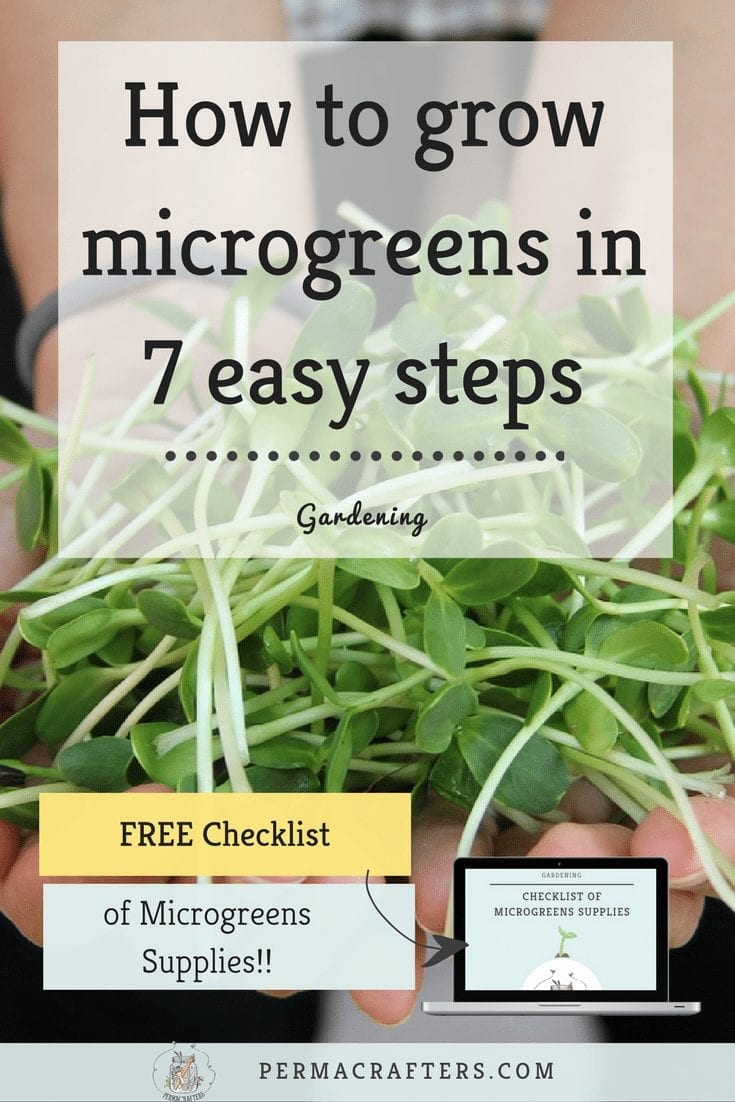
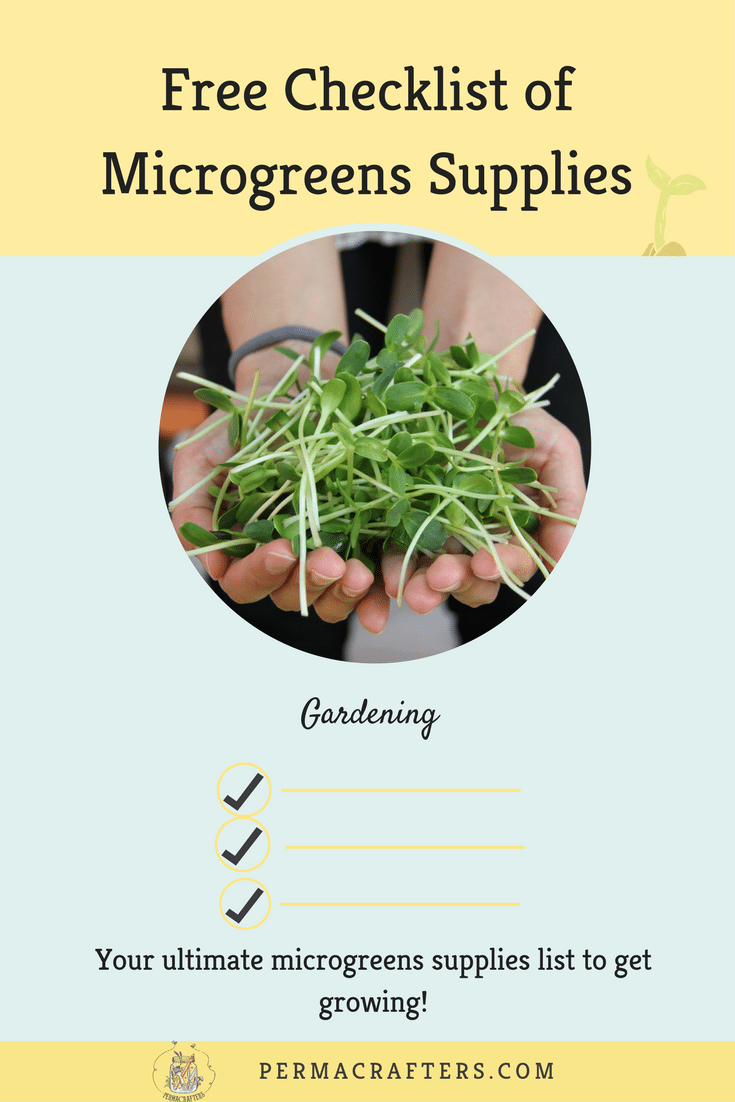
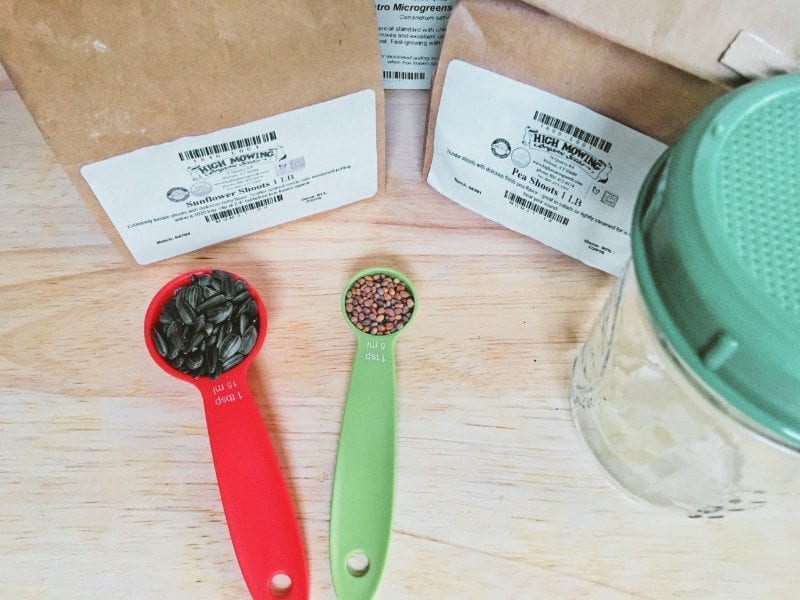
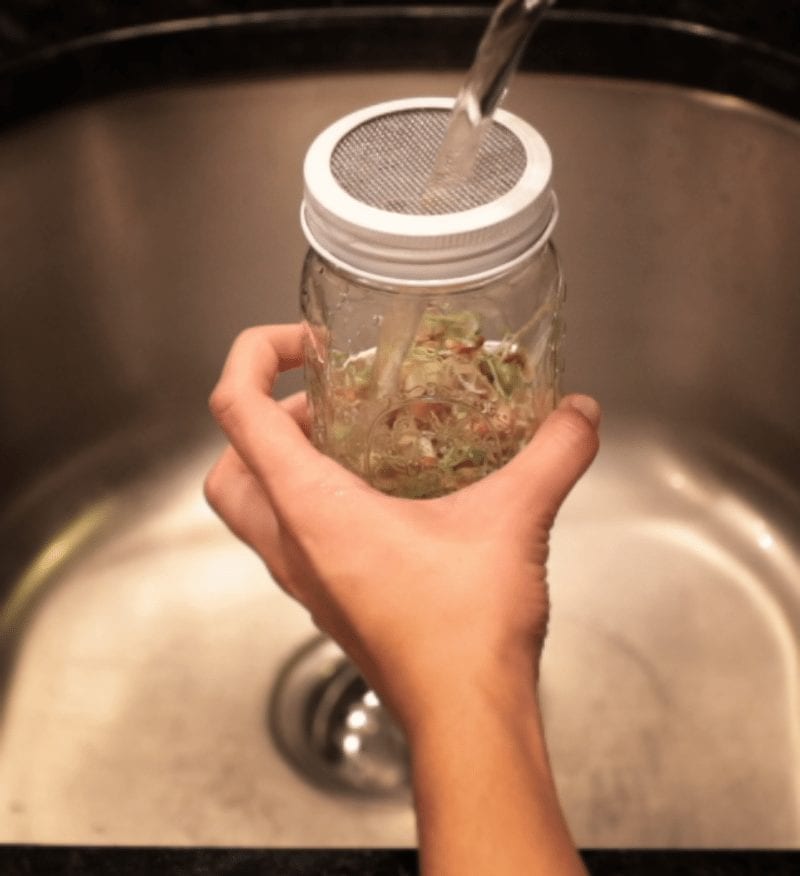
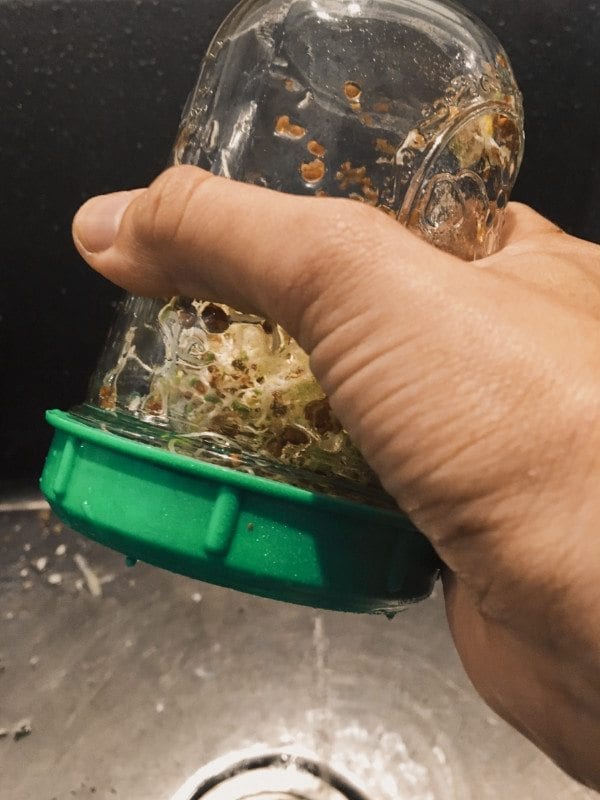
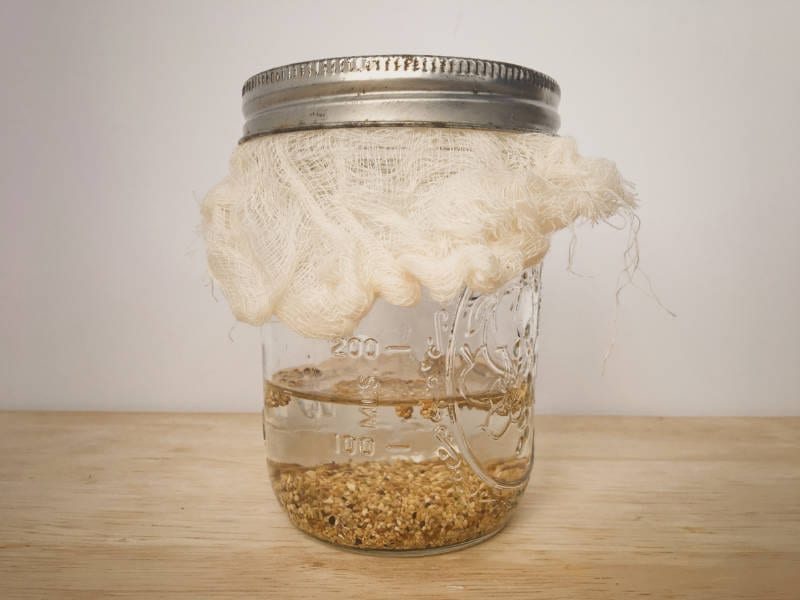
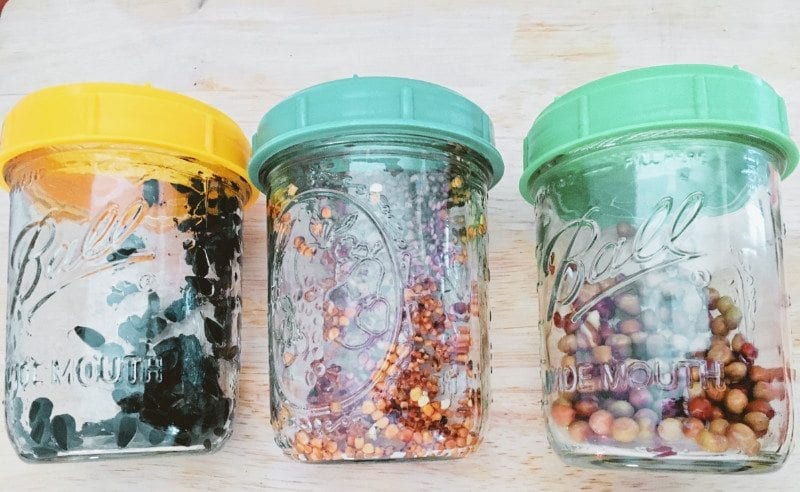
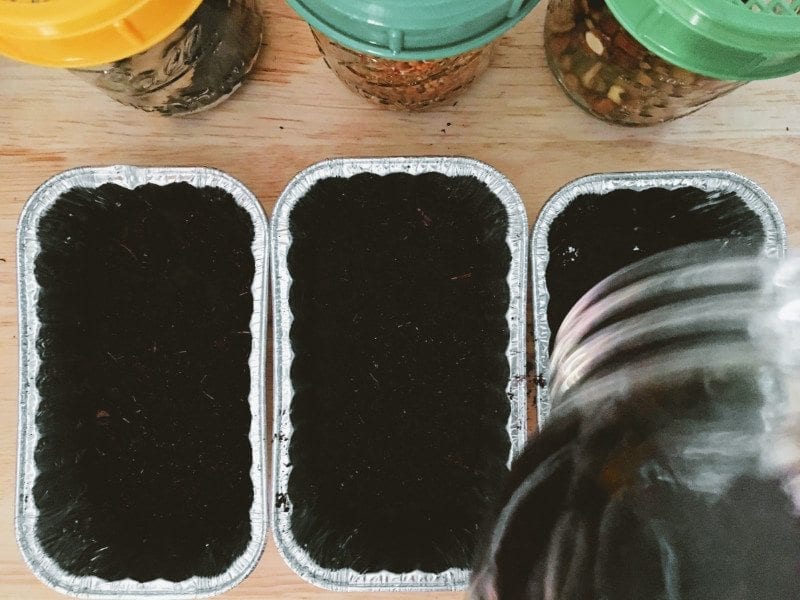
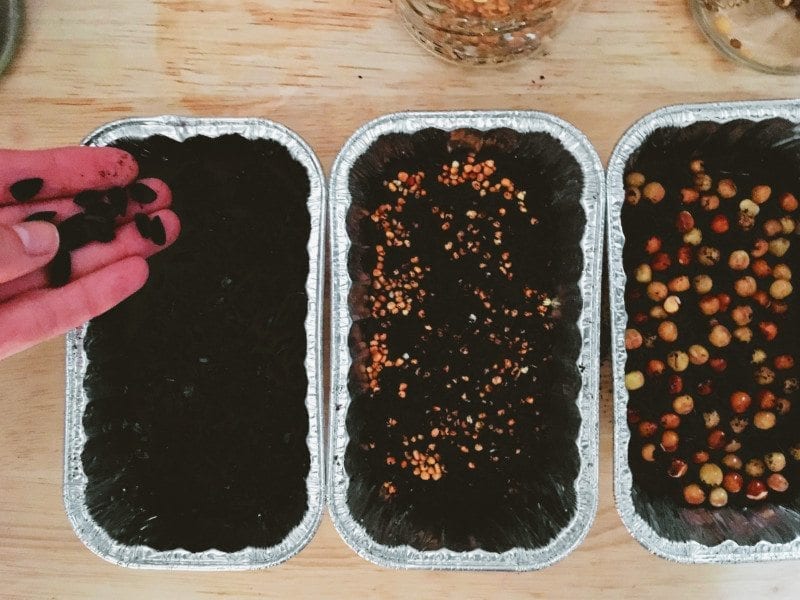
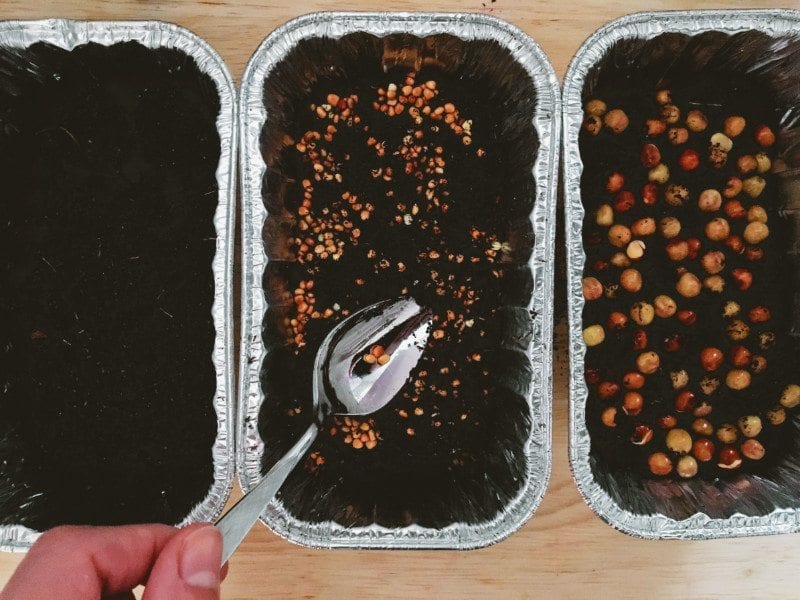

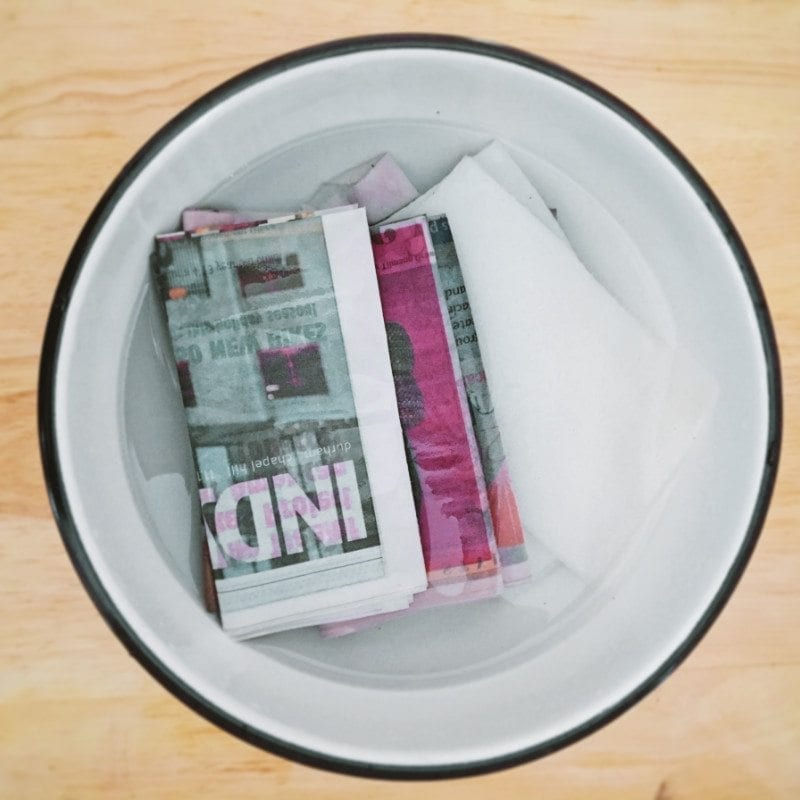
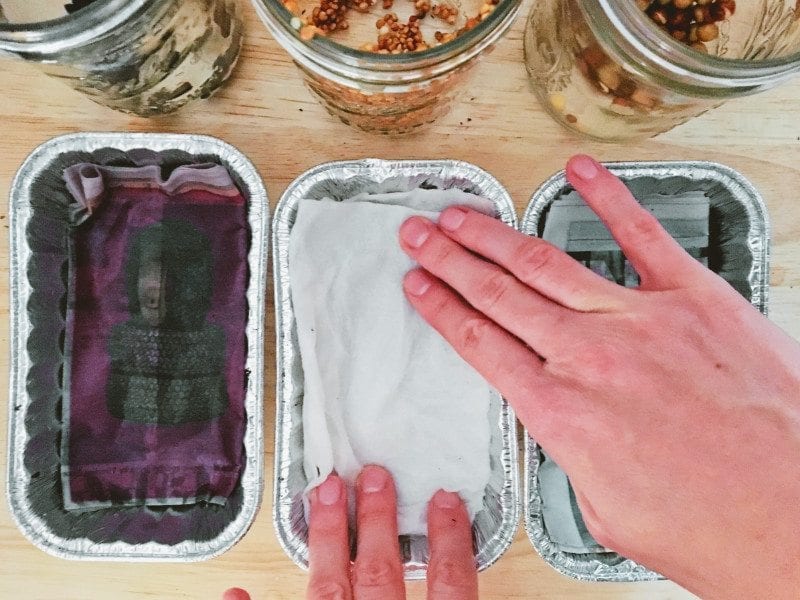
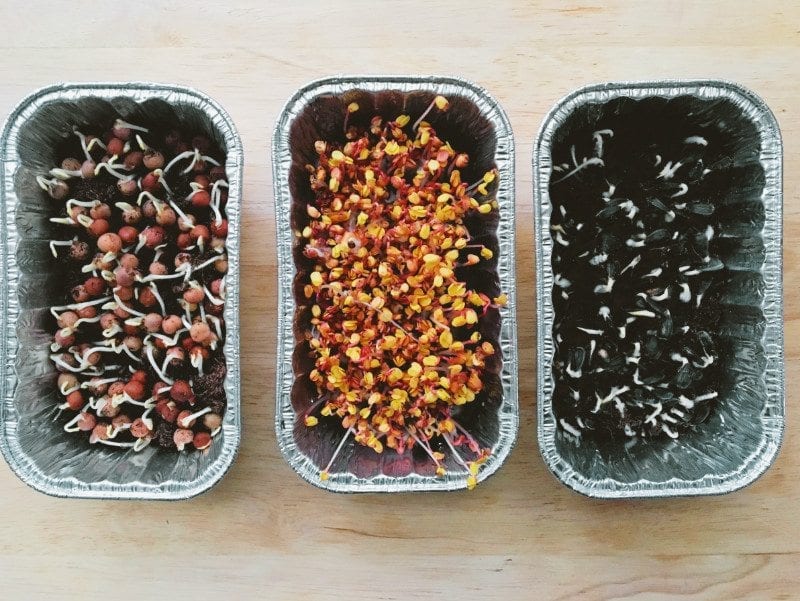
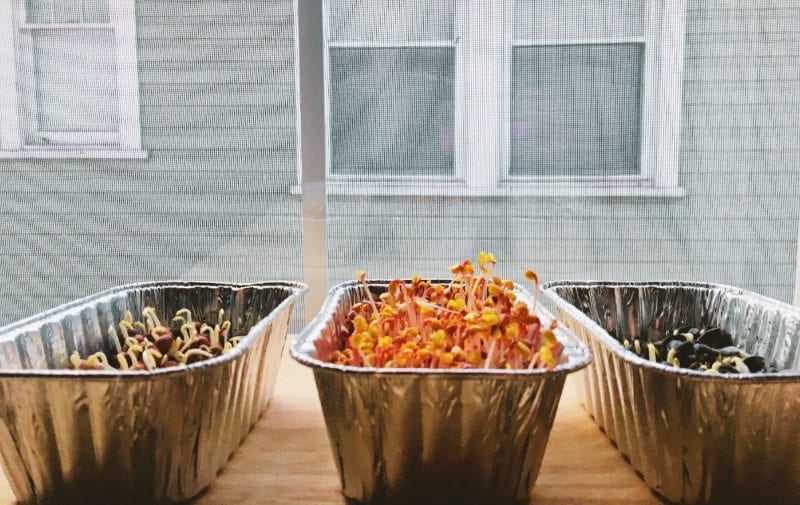
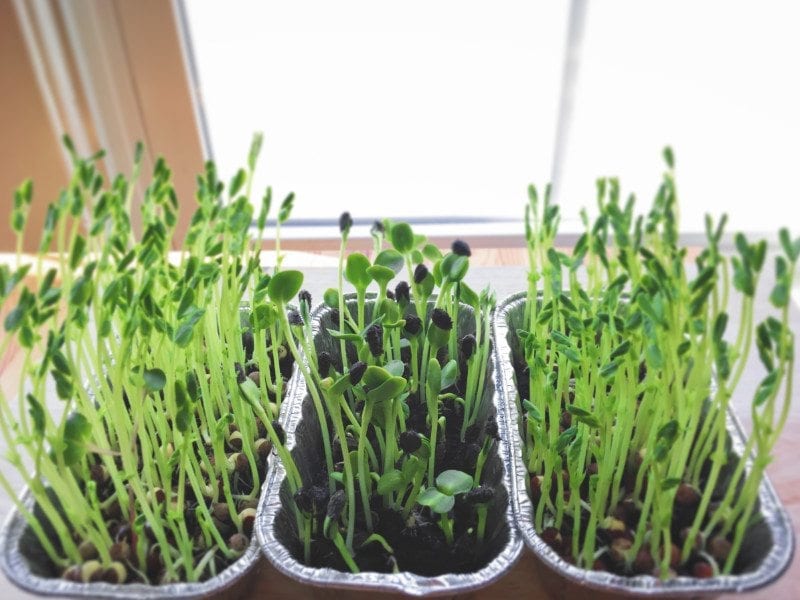
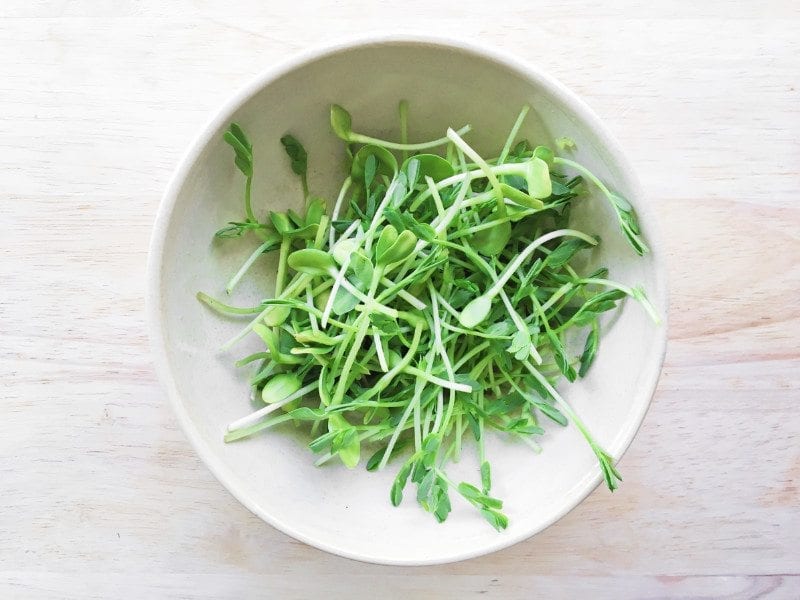



I would love to add microgreens to my gardening this year. This helps break it down so it doesn’t feel so overwhelming to try something new. Thanks for the step by step guide!
Yay! We hope you’ll enjoy growing the microgreens – we are crazy about them.